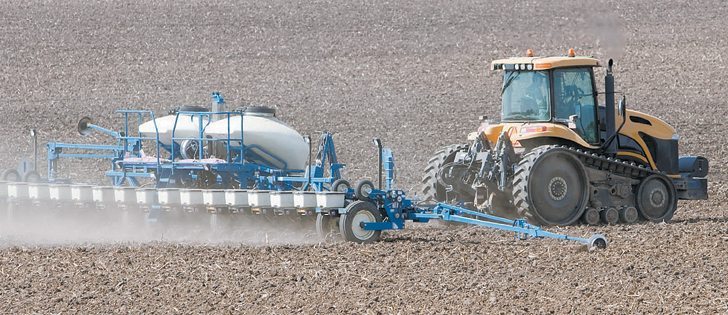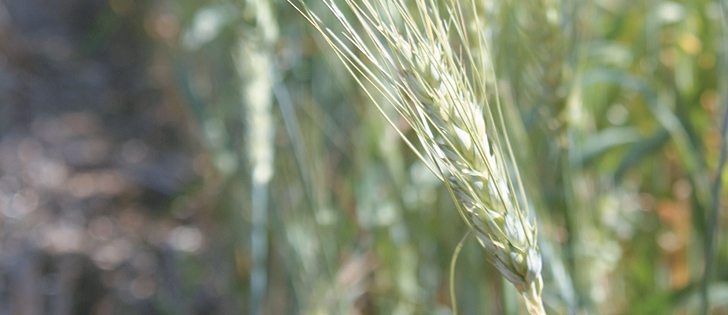Fieldwork delayed | Light rains are welcomed in drought-stricken areas but will slow U.S. corn planters
CHICAGO, Ill. (Reuters) — Widespread rainfall in the U.S. Midwest and Plains this week will add valuable soil moisture in drought-stricken areas but also stall spring fieldwork and prevent early corn seeding, an agricultural meteorologist said April 8.
“It’s an active storm system leaving 0.2 to 0.6 inch (five to 15 millimetres) of rain Monday (April 8) and one to two inches (25 to 50 mm) or more Tuesday (April 9) through Thursday (April 11) in most of the Midwest,” said John Dee, meteorologist for Global Weather Monitoring.
Dee said lighter rains of roughly six mm could be expected in the driest areas of southwestern Kansas and the Oklahoma and Texas panhandles.
Read Also

Geopolitics can change trade routes
WHISTLER, B.C. — Today’s geopolitical tensions could have dire long-term consequences, says the director of international policy at the University…
“The precipitation will be in the form of snow in the Dakotas and western Nebraska, with six to 12 inches (15 to 30 centimetres) possible,” he said.
Another round of wet weather is expected in the crop region early next week, further slowing corn plantings, according to Dee.
A cool spring in the U.S. Midwest has farmers antsy for soil to warm up before rolling their big corn planters across fields to seed what is expected to be the largest area of the country’s biggest crop since 1936.
This week marks the first official days farmers can begin planting corn in many spots across the upper Midwest, according to crop insurance policies that cover costs if replanting is necessary in the event of a flood or killing frost.
Farmers are hoping for a better season than last year, when their yields were the smallest in 17 years because of the worst drought since the Dust Bowl years of the 1930s.
Drought conditions are retreating slowly in the U.S. Plains, according to a report issued April 4 by a consortium of state and federal climatologists.
MDA Weather Services meteorologist Don Keeney said that at the end of March, 150 to 200 mm of rain were needed to bring soil moisture levels back to normal in much of Nebraska and a corner of northeastern Kansas.
Keeney said 50 to 100 mm were needed in the rest of the central Plains and western Iowa.
The Drought Monitor report, which tracks the U.S. land area stricken by drought on a weekly basis, said the Plains, which has been the hardest hit, was seeing improvement because of rain and snow in the past two months.















